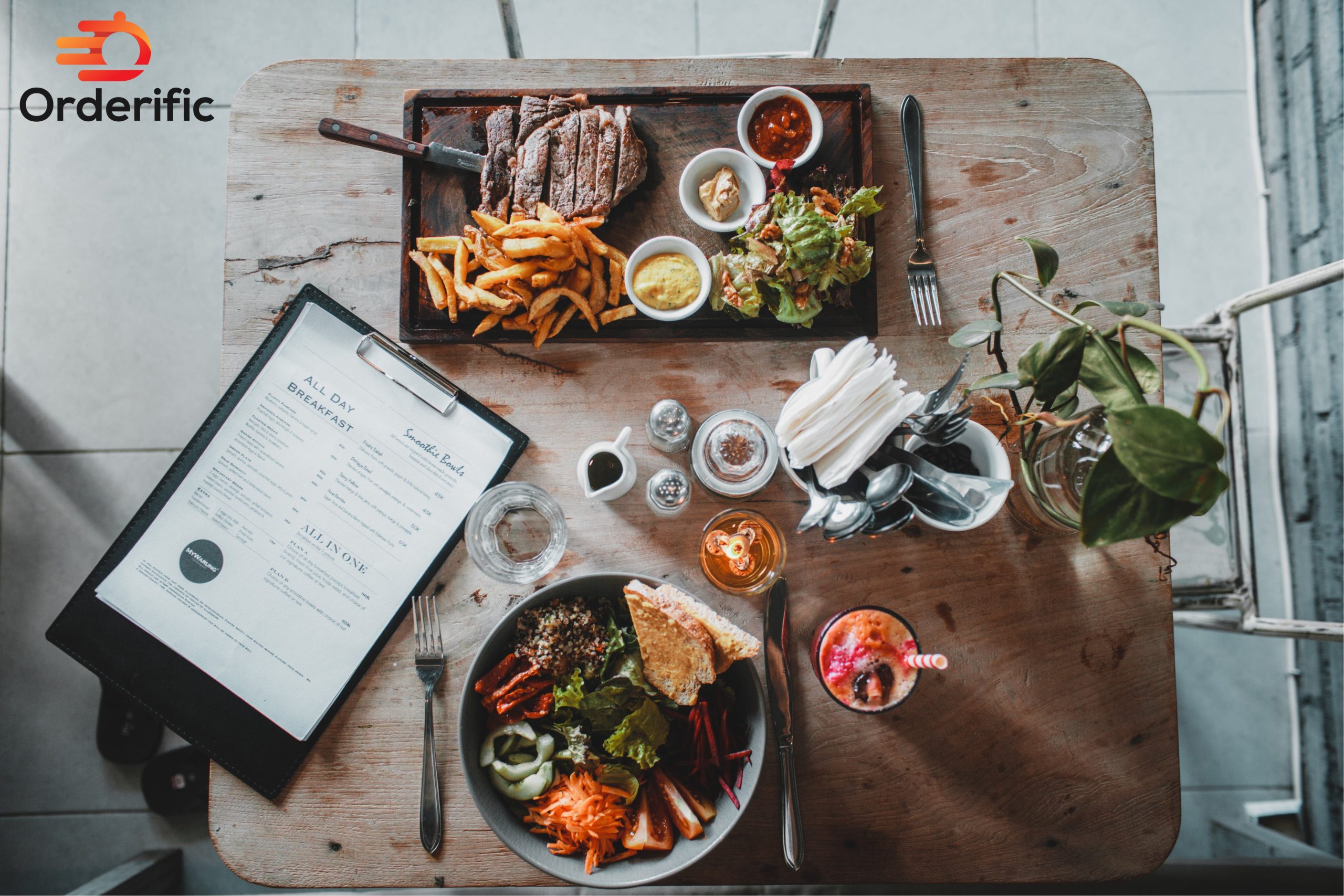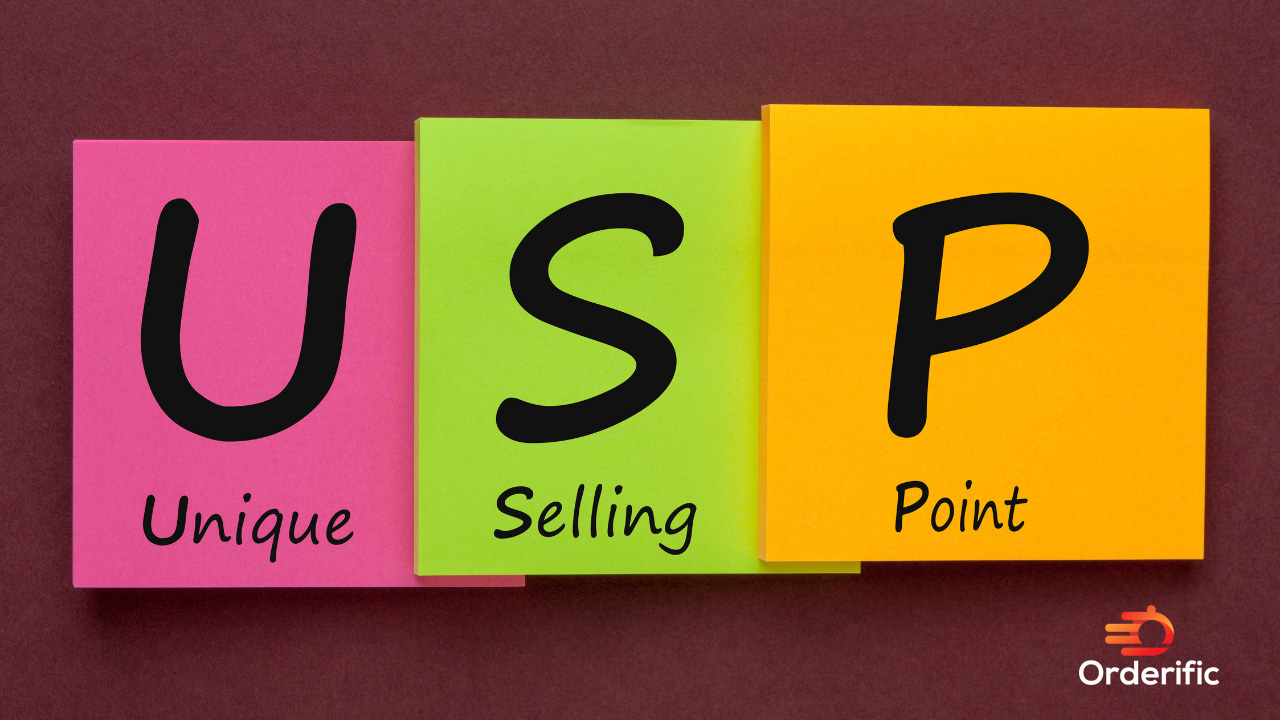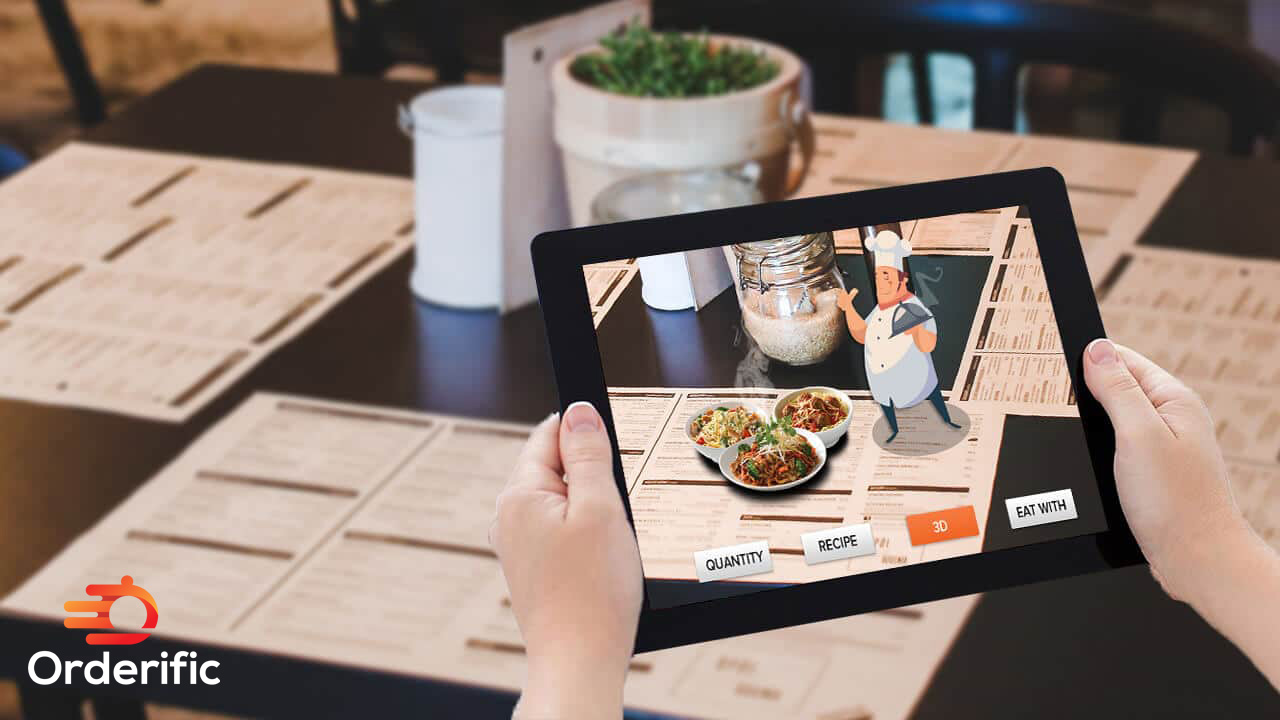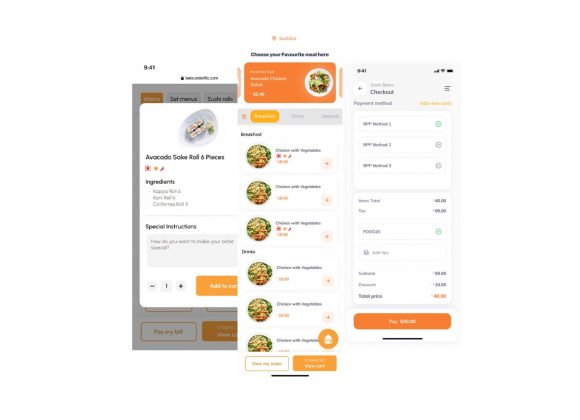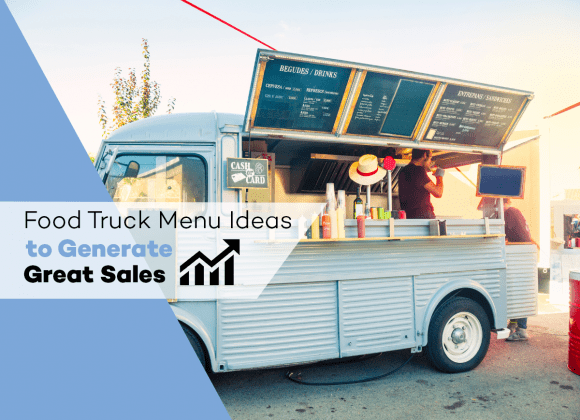Introduction
Welcome to your ultimate guide on crafting the perfect takeout menu. Whether planning an intimate gathering or gearing up for a special event, your cuisine selection sets the tone. Your goal? To create a menu that transforms a simple dinner into a gastronomic delight fit for event space. Small takeout offerings allow your guests to savor a variety of dishes. As a takeout planner, your challenge is balancing the menu to cater to a diverse guest list. Remember, your takeout menu is more than just food offerings. It’s an integral part of the event planning process that makes your special day memorable. Let’s explore how to make your dream takeout menu that can stand up to the most breathtaking views from a French Quarter patio. Dive into this guide and create a real takeout experience for your private events.
Restaurant Menu Templates
In this ultimate guide, we’ll walk you through creating an intimate takeout menu that infuses your cuisine selection with the essence of your event space. Imagine your guests unwrapping small takeout parcels, each with memorable flavors specifically selected for your special event. As a takeout planner, your role involves more than just selecting entrees. You are entrusted with curating a dining experience that couples can enjoy in the comfort of their own space.
The secret to a winning menu lies in the careful balance of dishes. Your dinner menu should showcase your cuisine’s diversity while keeping in mind the preferences of your guest list. An intimate gathering often includes people with a range of dietary choices and restrictions – your menu should aim to cater to these varying needs.
Your dream takeout menu should evoke the atmosphere of your event space. Whether you’re planning a special day with breathtaking views from a French Quarter patio or a cozy dinner in a private event space, your menu needs to complement the setting. In addition to the food, consider how your takeout menu’s presentation can enhance your event’s overall aesthetic.
Takeout planning does not have to be stressful. With a clear vision and meticulous planning, you can design a takeout event that will linger in the memories of your guests long after the last dish has been savored. So let’s dive deeper and create a real takeout experience for your special event.
How Do I Create A Takeout Menu Layout?
Understanding Your Audience
Before you can start designing your takeout menu layout, it’s essential to understand who your audience is. Developing a clear picture of your target customers – their eating habits, preferences, and dietary restrictions – can significantly influence your menu design. Are your guests all about the local cuisine, or do they have a soft spot for international flavors? Understanding this can help you curate a menu attuned to their palates.
Balancing Variety And Simplicity
A great takeout menu strikes a balance between variety and simplicity. Too many options can overwhelm your guests, while too few may not cater to their diverse tastes. Aim for a selection that offers a broad taste of what your cuisine has to show but is simple enough for you to produce a high quality consistently.
Crafting Engaging Menu Descriptions
Once you’ve selected the dishes for your menu, the next step is to write engaging descriptions. These should provide an accurate representation of the dish and capture the essence of the flavors and textures your guests can expect. Remember, your menu descriptions are a valuable opportunity to entice your guests and spark their appetite.
The Importance Of Visual Elements
Finally, consider the importance of visual elements in your takeout menu design. Use photos and graphics that enhance your dishes’ appeal and reflect your event space’s ambiance. However, ensure these elements align with the overall strategy of the menu to create a cohesive look and feel.
How To Make Your Menu A Money-Maker Using Restaurant Menu Design
Strategic Item Placement
There’s a science to how customers scan a menu. According to studies, the upper right corner of a menu often grabs the most attention. This is an excellent spot to showcase your high-profit dishes. Strategically positioning your best-sellers can help steer customers toward these lucrative options.
Highlighting Special Dishes
Another way to boost sales through your menu design is by highlighting your unique dishes. These could be your signature dishes, seasonal specials, or dishes with a higher profit margin. You can highlight these dishes using boxes, icons, or font styles.
Smart Pricing
Price is a significant factor in a customer’s ordering decision. It’s essential to consider the psychology of pricing in your menu design. Avoid aligning all your prices in a column; it encourages customers to compare prices instead of focusing on the dishes. Additionally, eliminating the dollar sign and rounding off prices to the nearest half or whole number can make pricing less intimidating.
Empathize With Your Customer
Remember, your customers aren’t just looking for food. They are seeking a wholesome experience. Put yourself in their shoes and try understanding what they would like when ordering takeout. Is it comfort food they can enjoy in their PJs or an exotic cuisine to spice up their regular meal routine? Ensuring your menu caters to your customer’s needs and desires can transform it into a powerful sales tool.
Create An Online Ordering Menu With Food That Travels Well
Focus On Travel-Friendly Dishes
Please start by selecting dishes that travel well and maintain their flavor, texture, and presentation during transport. Some dishes, like salads, pasta, and most Asian cuisines, tend to hold up well. Conversely, meals that have crispy elements or those that need to be served right away may not be the best choices for your takeout menu.
Packaging Matters
Invest time and resources in finding suitable packaging. Good packaging preserves the quality of the food, maintains its temperature, and prevents spillage. Furthermore, it can also mirror your brand’s image and increase the overall appeal of your takeout menu.
Include Heating Instructions
Including heating instructions for each dish can add a thoughtful touch to your service. It will help your customers enjoy the meal as it was intended.
By focusing on these aspects, you can create an online ordering menu that promises both convenience and flavor and a memorable dining experience right from the comfort of your home.
How To Increase Your Online Ordering Sales
Optimize Your Online Menu
Your online menu should be optimized for the digital experience. This means ensuring it is mobile-friendly, as many customers will access it through their smartphones. Ensure that your menu loads quickly is easy to navigate, and has high-quality images of your dishes.
Utilize Social Media
Leverage the power of social media to boost your restaurant’s visibility and reach. Regularly post mouth-watering images of your dishes, share customer testimonials, and run promotional offers to attract potential customers.
Offer Promotions And Discounts
Everyone loves a good deal. Offering promotions and discounts can be a great way to attract new customers and reward loyal ones. Consider offering a percentage off on the first order or special deals on certain days of the week.
Provide Excellent Customer Service
Your level of customer service can significantly influence whether a customer chooses to order from you again. Aim to provide prompt and courteous service, and always ensure your customers feel valued and appreciated.
Use Email Marketing
Collect email addresses from your customers and send them regular updates about new menu items, special offers, and events. This is a great way to stay in touch with your customers and keep your restaurant in mind.
How To Create A Takeout Menu
Understanding Your Customers’ Preferences
In the realm of takeout, the key to a successful menu resides in understanding your customers’ preferences. This doesn’t merely pertain to their palate, but also their lifestyle, dietary restrictions, and even how they prefer their food packaged for the journey home. A well-curated menu speaks volumes about your cuisine’s diversity and the thoughtfulness behind each selection. As you aptly balance variety and simplicity in your menu, remember that your descriptions are your chance to sell the dishes. Evoke your customers’ senses and whet their appetite with tantalizing descriptions of flavors and textures.
The Art Of Takeout Menu Design
Designing your takeout menu involves not only the selection of delectable dishes but also the inclusion of appealing visuals that complement your event space and cuisine. Your menu is a reflection of your brand and should be designed to enhance the overall aesthetic of your event. Strategic item placement, highlighting special dishes, and smart pricing are some of the methods to convert your menu into a sales booster.
Creating An Online Menu That Travels Well
The journey from your kitchen to your customer’s table is pivotal in the world of takeout. It’s essential to focus on dishes that maintain their integrity during transport. Packaging plays a vital role in preserving the food’s quality and reinforcing your brand’s image. Including heating instructions is a thoughtful touch that helps your customers savor the meal as intended.
Boosting Online Sales
To increase your online sales, optimize your digital menu, utilize social media, offer promotions, provide excellent customer service, and harness the power of email marketing. By implementing these strategies, you can enhance the success of your takeout business and deliver a memorable dining experience to your customers.
The Power Of Good Menu Design
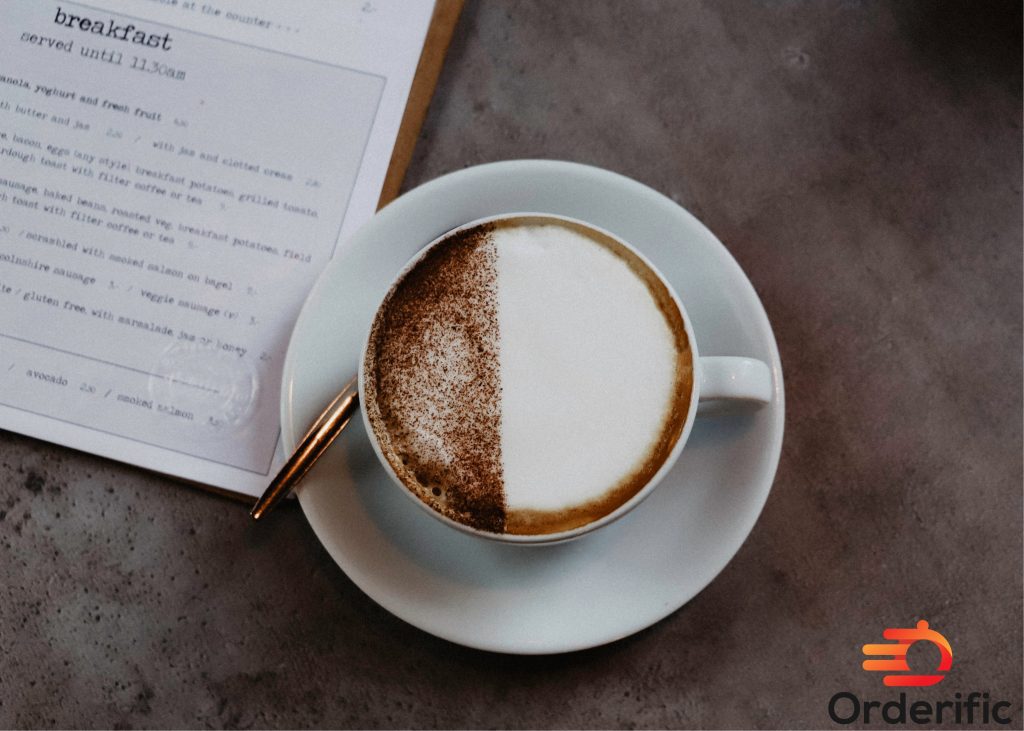
The ultimate guide to crafting your dream takeout menu for an intimate gathering hinges on understanding the unique aspects of your cuisine and the preferences of your guest list. As a takeout planner, you’re not simply choosing dinner options; you’re curating a culinary journey for couples or small groups, one that encapsulates the essence of the event space and resonates with the theme of the special event.
The art of creating a takeout menu lies in balancing a diverse representation of your cuisine and maintaining an element of simplicity. This balance is essential, particularly when planning for intimate takeout events, where guests’ tastes and dietary restrictions may vary. Your menu needs to cater to these specific needs without overwhelming your guests with too many choices.
When planning for a special day, the atmosphere of the event space is a key consideration, whether it’s a cozy private event or a larger gathering with breathtaking views, such as a patio in the French Quarter. The aesthetics of your takeout menu should align with this atmosphere, contributing to a harmonious and memorable event experience.
Remember that takeout planning is more than just food selection and presentation. It’s about creating real takeout experiences that leave a lasting impression.
How To Make A Takeout Menu
1. Write Out All Menu Items
To kickstart the menu creation process, begin by jotting down an extensive list of potential dishes you aspire to include. This comprehensive compilation should span across various categories, ranging from delectable appetizers and mouthwatering main course dishes to tantalizing desserts and refreshing beverages. Take into thoughtful consideration your culinary strengths, the specific cuisine you desire to represent, and the discerning tastes of your target audience. As a best practice, ensure a harmonious blend of all-time popular favorites and innovative creations that vividly showcase your unparalleled culinary creativity and expertise. Remember, a meticulously crafted menu is a gateway to a delightful dining experience that leaves a lasting impression on your guests.
2. Categorize Menu Items
Once you have compiled a comprehensive and tantalizing list of delectable dishes, it’s time to elevate your menu organization to the next level. Start by categorizing them into different mouthwatering menu sections such as ‘Savory Starters’, ‘Sumptuous Main Course’, ‘Decadent Desserts’, ‘Refreshing Beverages’, and more. This thoughtfully crafted and meticulously designed organization not only enhances the aesthetic appeal of your menu but also helps customers effortlessly navigate through the plethora of options and find their desired culinary treasures.
By providing a well-structured and intuitive menu that showcases the diverse flavors and culinary artistry, you create an unforgettable dining experience that keeps customers coming back for more. The combination of enticing descriptions, enticing visuals, and an easy-to-follow layout ensures that each visit to your establishment is a delightful journey for the taste buds and a feast for the eyes. So, get ready to captivate customers with a menu that not only satisfies their hunger but also leaves them craving for more culinary adventures.
3. Set Menu Prices
Pricing is a critically important aspect of your menu. Each item’s price should be meticulously calculated, taking into account factors such as the cost of ingredients, the time and effort required for preparation, and the relative prices of other items on the menu. Striking a balance is key – the prices should not only cover your costs but also provide excellent value to your customers, ensuring they feel satisfied and eager to return for more delightful dining experiences. By carefully considering these factors and fine-tuning your pricing strategy, you can create a menu that not only meets your financial goals but also delights your customers with its fair pricing and exceptional value proposition.
4. Create Menu Descriptions
Writing menu descriptions is an art and a science. It’s an important step that can influence customers’ buying decisions. Descriptions should be tantalizing, painting a vivid picture of the dish while providing enough information about the ingredients used and the cooking method. This helps customers understand what they can expect, especially for dishes that may be unfamiliar. When writing descriptions, use sensory words that evoke taste, smell, and texture. For example, instead of simply writing ‘Chicken Biryani,’ you could write ‘Savory Chicken Biryani cooked with aromatic basmati rice, a blend of exotic spices, and garnished with fried onions and boiled eggs.’ This provides a much clearer picture, stimulating the readers’ senses and making the dish more attractive. Remember to use language that aligns with your brand and target audience.
5. Decide On A Menu Color Scheme
Choosing a color scheme for your menu is an integral part of the design process. Primarily, the colors should be in line with your brand’s identity. If you have specific brand colors, incorporate them into the menu design. This creates a sense of brand consistency and familiarity. Colors also play a role in influencing customers’ food choices. For instance, warm colors like red, orange, and yellow are known to stimulate appetite and are commonly used in food industry branding. On the other hand, cooler colors like blue and green can be utilized to portray freshness and health, ideal for menus focusing on salads or vegetarian cuisine. A monochromatic color scheme, using varying shades of a single color, can create a sophisticated, modern look. While choosing a color scheme, always ensure that there is a high contrast between the background and text for easy readability.
The Ultimate Guide To Restaurant Branding
6. Design Your Takeout Menu
Designing your takeout menu should be an amalgamation of creativity and strategy. Begin by deciding on the layout. A clean, easy-to-read layout that logically groups dishes can enhance the customer’s ordering experience. Choose a format that suits your restaurant’s style and the amount of content you have. Whether it’s a single-page menu or a booklet-style menu, the layout should facilitate easy navigation.
Next, focus on the typography. Fonts need to be legible and appropriate for your brand’s personality. If your restaurant has a specific brand font, carry that over to the menu to maintain consistency. For a touch of creativity, you can consider using different font styles for the menu headings and descriptions, but avoid overdoing it.
Images can significantly impact a customer’s choice, so if you opt to include photos, ensure they are high-quality and truly represent your dishes. However, do not overcrowd the menu with images; be selective and strategic.
Lastly, to ensure the longevity of your menus, select durable materials for printing, particularly for physical copies. Also, in the case of digital menus, ensure it is responsive and mobile-friendly as it will be viewed on various devices.
7. Think About Photos
The decision to include photos in your takeout menu requires careful consideration. While high-quality, appetizing images can pique customers’ interest and influence their choices, poorly executed or generic images can have the opposite effect. If you opt to use photos, ensure they are professionally shot, well-lit, and accurately represent your dishes. Focus on capturing the freshness and unique features of each dish, using the colors and textures to highlight their appeal. Consider the placement of these images on your menu, ensuring they enhance rather than clutter the overall design.
The digital version of your takeout menu offers more flexibility in the use of photos. Interactive elements such as slideshows or pop-up images can add an engaging dimension to the browsing experience. Furthermore, digital platforms allow for the integration of customer reviews or ratings with each dish, offering an additional layer of persuasion.
8. Choose Menu Fonts, Spacing, And Composition
The visual appeal of your takeout menu can significantly impact a customer’s ordering decisions, and the choice of fonts, spacing, and composition plays a crucial role in enhancing this appeal. When selecting fonts, prioritize readability and alignment with your brand’s ethos. A casual eatery might opt for a relaxed, playful font, while a fine dining establishment might prefer a more traditional, elegant typeface. Maintaining consistency in font sizes for headings and subheadings will ensure a clean, organized look.
Spacing is another critical aspect of menu design. Ample white space around text and images makes the menu easier to navigate and less overwhelming. It allows the eye to rest and helps to highlight specific menu items.
The overall composition of your takeout menu should be balanced and harmonious. Aligning items to a grid can enhance readability and offer a more structured look. Other elements to consider include using boxes or borders to highlight special dishes or using different background colors for different sections. Use these elements sparingly to avoid a cluttered appearance.
Every aspect of your menu’s design, from font choice to layout, should reflect your restaurant’s brand and cuisine. As you design, remember that the goal is not just to inform your customers, but also to create a visually appealing experience that entices them to order.
9. Select The Final Menu Layout
When it comes to the layout design of your menu, striking the perfect balance between attractiveness and simplicity is key. Your menu should not only catch the eye of customers but also make it effortless for them to navigate and make their selections.
Moreover, this is an excellent opportunity to reinforce your brand identity. Incorporating your logo, color scheme, and other brand elements into the design will create a cohesive and memorable experience for your customers.
Remember, your takeout menu serves as an extension of your restaurant or event. It should do more than just entice with its tantalizing food offerings; it should also provide a pleasing and convenient experience that leaves a lasting impression on your customers. By paying attention to every detail and ensuring that your menu reflects the essence of your brand, you can elevate the overall dining experience and set yourself apart from the competition.
10. Proofread And Print Your Menus
Proofreading your menu is a crucial, often overlooked, step in the menu creation process. It entails checking for grammatical errors, misspellings, and inconsistencies in item names or descriptions, ensuring that the content presented to your customers is professional and credible. This is also an opportune time to revisit and refine your item descriptions, making sure they are enticing and accurately represent your dishes.
To wrap up the process, it’s time to print your menus. Whether you’re printing in-house or outsourcing to a professional printer, it’s important to choose high-quality, durable materials. If you’re serving takeout or delivery customers, it’s worth considering waterproof or tear-resistant materials for longevity. For digital menus, ensure that the format is compatible with different screen sizes for optimal viewing on various devices.
Your takeout menu is more than just a list of dishes – it’s an essential marketing tool that can elevate your brand, entice customers, and drive sales. By investing time and effort into designing a well-structured, visually appealing, and easy-to-navigate menu, you can create a valuable asset that serves your customers while setting your establishment apart in an increasingly competitive market.
Conclusion
In conclusion, an effective takeout menu is a powerful tool that goes beyond simply listing your food offerings. It encapsulates your brand’s identity, tantalizes with mouthwatering descriptions and photos, and influences your customer’s choices. It’s a strategic blend of thoughtful design and persuasive writing that showcases your culinary prowess and commitment to quality. Remember, every aspect of your menu, from its structure and pricing to its descriptions and images, should work synergistically to create an engaging, appetizing, and memorable food ordering experience. With careful planning and creativity, you can design a takeout menu that not only serves your customers’ needs but also sets your establishment apart in a competitive marketplace.
Ready to turn your menu design ideas into reality? At Orderific, we’re here to guide you through each step of the process with our state-of-the-art technology. Book a demo with us and let’s turn your takeout menu into a compelling sales tool.
FAQs
What strategies can restaurants use to design an effective and appealing takeout menu?
Restaurants can use strategies such as understanding their target audience, creating enticing descriptions, optimizing menu layout, and maintaining brand consistency.
How can a well-organized takeout menu enhance customer satisfaction and loyalty?
A well-organized takeout menu can enhance customer satisfaction and loyalty by providing a seamless and enjoyable ordering experience.
What considerations should restaurants keep in mind when pricing items on their takeout menu?
Restaurants should consider cost of ingredients, preparation time, and competitive pricing in the market when setting prices for their takeout menu.
How do restaurants ensure the accuracy and consistency of orders placed from their takeout menus?
Restaurants can ensure order accuracy and consistency by utilizing robust order management systems and performing regular quality checks.


